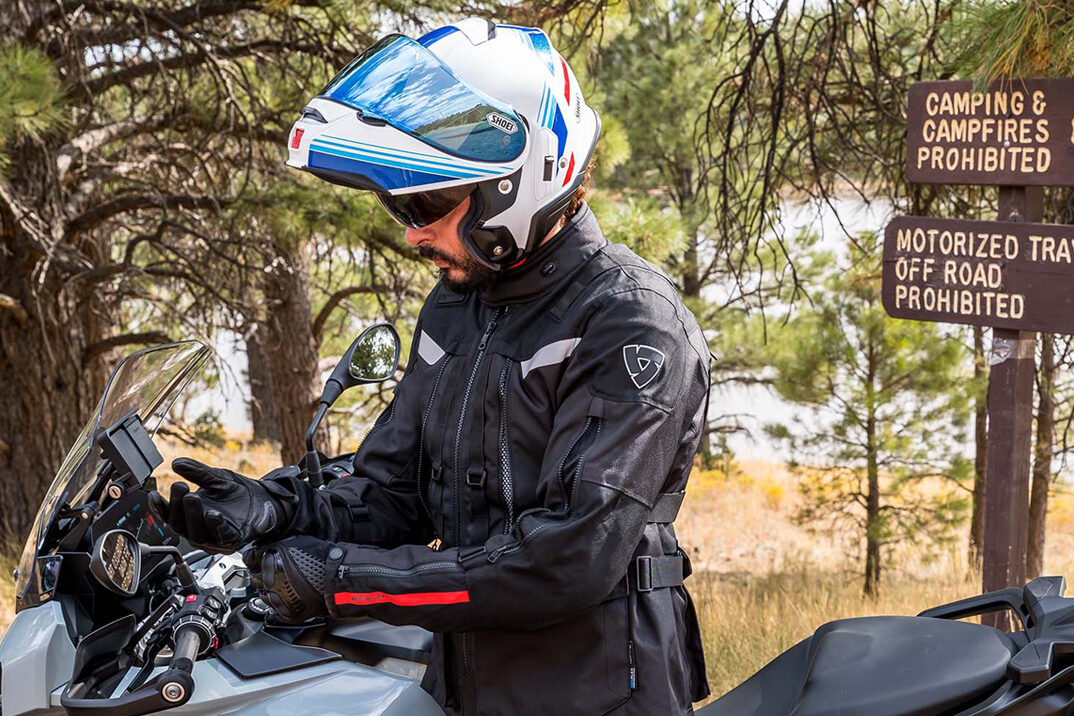
Can leather jackets be repaired
Damage to a leather jacket, such as scuffs, tears, or cracks, can make you feel terrible. But there's no need to freak out, keep reading to learn can leather jackets be repaired and look, feel like new again.It can be disheartening to discover a hole in your prized leather jacket. There are a number of methods available for fixing minor damage to your jacket, including scuffs, holes, and tears.
To further address your concerns, we have conducted extensive research on leather jacket repair. If you want to know how to restore your jacket's pristine condition, keep reading!All of us are crazy about our leather coats. However, if they aren't regularly polished and maintained, they can start to look a little worn.The appearance can be swiftly ruined by scuffs, scratches, grass stains, and food stains.It's possible to clean, restore, and repair any leather coat.
Is it possible to fix a rip in a leather jacket?
A piece of torn leather feels like the worst possible thing that could happen. But before you start freaking out, allow us to put your mind at ease. The bright side is that this doesn't have to be the final chapter in your committed relationship.Putting it briefly, yes, a rip in a leather jacket can be fixed. Consultation with a specialized leather repair firm is the best course of action if your leather jacket is going to be worn in public and you want it to maintain its pristine appearance at all times.
A skilled mend and darning technique can fix any rip, tear, or freshly developed hole in a leather jacket. If you save the fabric shred, a tailor can use it to reattach the missing section, or they can use a piece of leather and dye it to match the rest of the leather to make a patch.A microtear or hole in a leather jacket is easily repairable with little time or money spent on the tailor's part. Putting the pieces back together along the seam or weaving in fresh thread to cover the hole may be all that's needed. The answer is conditional on the nature of the damage.
Position-ripped leather edges.
Try to fix the ripped leather with the needle's dull end. To secure the leather, apply scotch tape or painter's tape over the tear.
Find tears within.
Turn the jacket inside out to find the ripped leather. Check for a seam around the tear on lined items. To access the tear's underside, gently remove the seam using a seam ripper. (If there is no seam, gently cut a hole into the lining with fingernail scissors to reach the torn leather.)
Patch fabric
On the leather's interior, glue the patch cloth over the tear. Your cloth must be bigger than the tear to adhere and repair it. Hold the patch for several minutes to let the adhesive set before continuing.
Finish exterior patch.
Turn leather over. Remove tape carefully. Using the dull side of the needle, carefully open the tear edges and apply a drop of fabric glue over the material and the leather. Wipe excess glue and let it dry for a few hours before continuing. A hairdryer or similar heat source should not be used to speed up setting or drying. Leather cannot withstand hair dryer heat.
Finish interior repairs.
Return to the coat lining. Close the leather hole with a needle and thread. Don't worry about this part, it's within and no one will ever know.
Cleaning Leather Jackets Peeling
Clean your coat with a light leather cleaner first. Avoid harming leather by following cleaning recommendations. Apply cleanser with a soft cloth and wipe away filth. Repeat if the jacket is soiled.
Condition Leather
Dry leather causes flaking. Fixing this is simple. Most leather businesses provide leather conditioning treatments, which is all you need.
Leather Sealant
Sealing leather follows conditioning. This prevents leather from drying. Craft stores have leather sealant. Apply sealant evenly on the jacket and let it cure. Spray a waterproofing spray on the sealant if you plan to use the jacket in the rain. This prevents leather from drying out.
Leather Repair Kit
Use a repair kit if your jacket's leather is peeling in huge chunks. Hardware stores and online retailers sell these kits. Kit instructions differ, so follow them carefully. This should stop peeling and restore your jacket.
Apply Saddle Soap.
Use saddle soap to moisturize dry, damaged jacket leather. This will soften the leather. The fats of animals and lye make saddle soap.
Apply Vinegar
Apply vinegar to peeling leather on your jacket. Vinegar will dissolve leather glue. After breaking down the glue, the leather should peel off the jacket easily.
Apply Water.
Water can help dry, cracking leather on your jacket. This rehydrates and softens leather. Apply water with a clean, moist towel. Let the leather dry before continuing.
Put on some leather dye
You can use a leather dye to restore your jacket's color if the leather is fading. The leather's original color will be restored, and it will be protected from further wear and tear. It is important to test a leather dye on a small section of the jacket to make sure it will not cause any damage to the leather.
Heat the Area
Heat can help dry, cracked jacket leather. This softens and pliable leather. Using a hairdryer or warming the jacket will achieve this. After softening, apply a leather conditioner to hydrate.
Apply Olive Oil
If your leather jacket has dried out and cracked, try rubbing some olive oil into it. The leather will be softer and more pliable after being treated with the oil. Use a clean cloth dipped in oil and work it into the jacket in circular motions to restore its sheen.
Ending Note
A specialist should be consulted for repairs involving heavy stitching and riveting on leather jackets. Small tears in leather can quickly turn into major wear and tear. More importantly, only full-grain calfskin can be repaired in the conventional sense.
So we hopefully give you tips on can leather jackets be repaired, but before attempting to fix your jacket on your own, it is recommended that you consult an expert.






